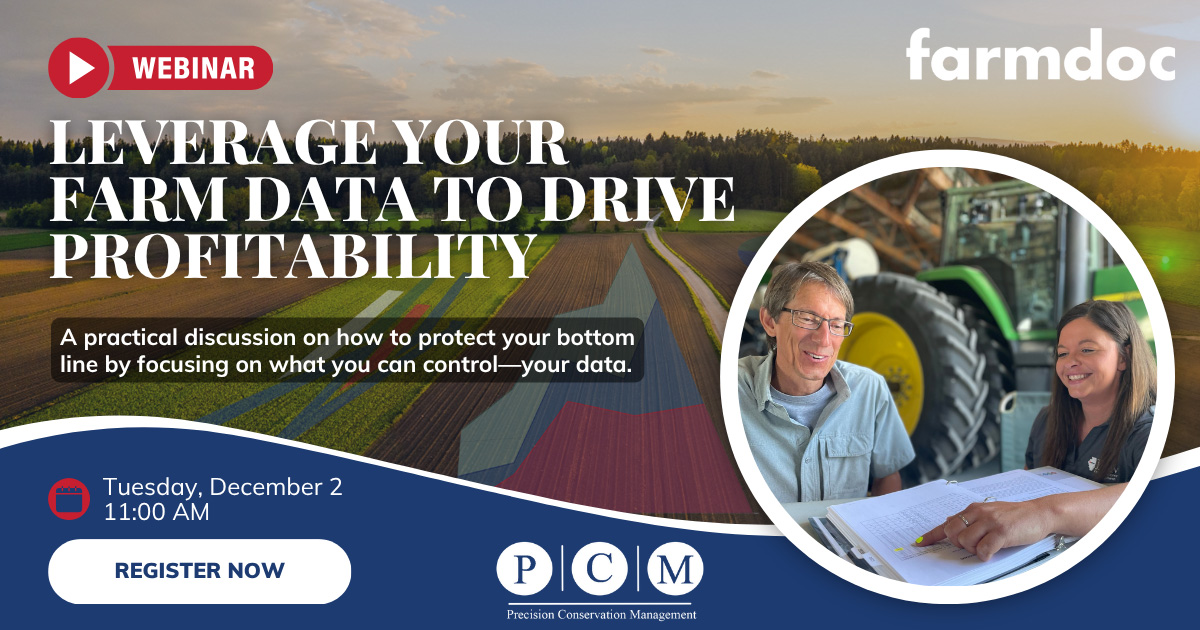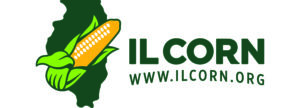EDUCATIONAL PARTNERS:
Connect on Social Media
Latest Article
.
Recent Series
Projected ARC and PLC Payments for 2025
November 18, 2025
Estimates of 2024 ARC-CO and PLC Payments
November 11, 2025
2025 Crop Insurance Harvest Prices for Corn and Soybeans
November 4, 2025
Individual US Crop Inputs Post 2014 Farm Bill
October 28, 2025

















